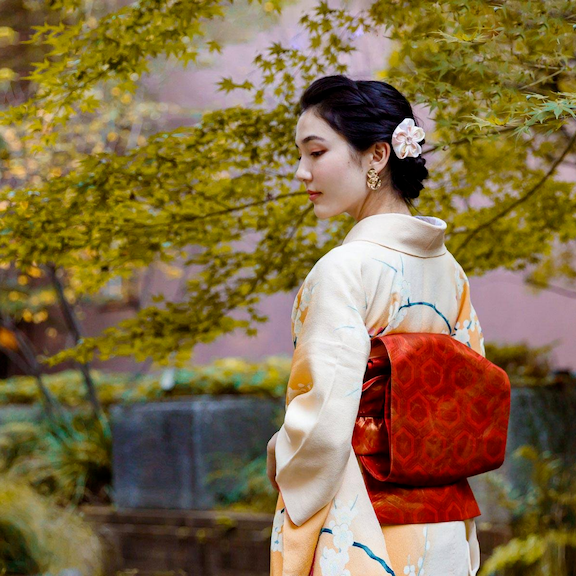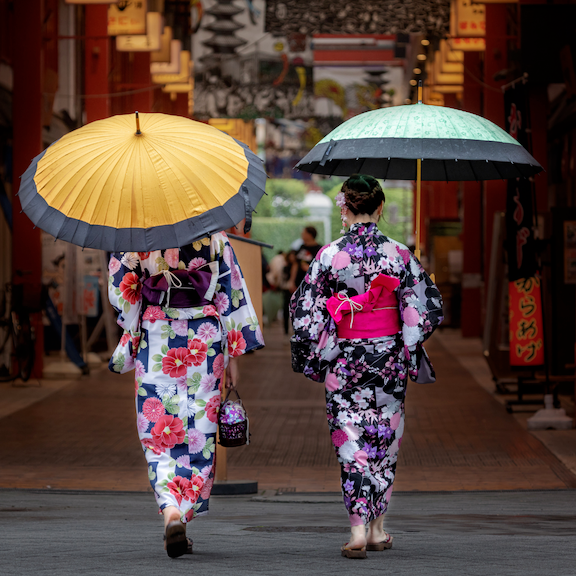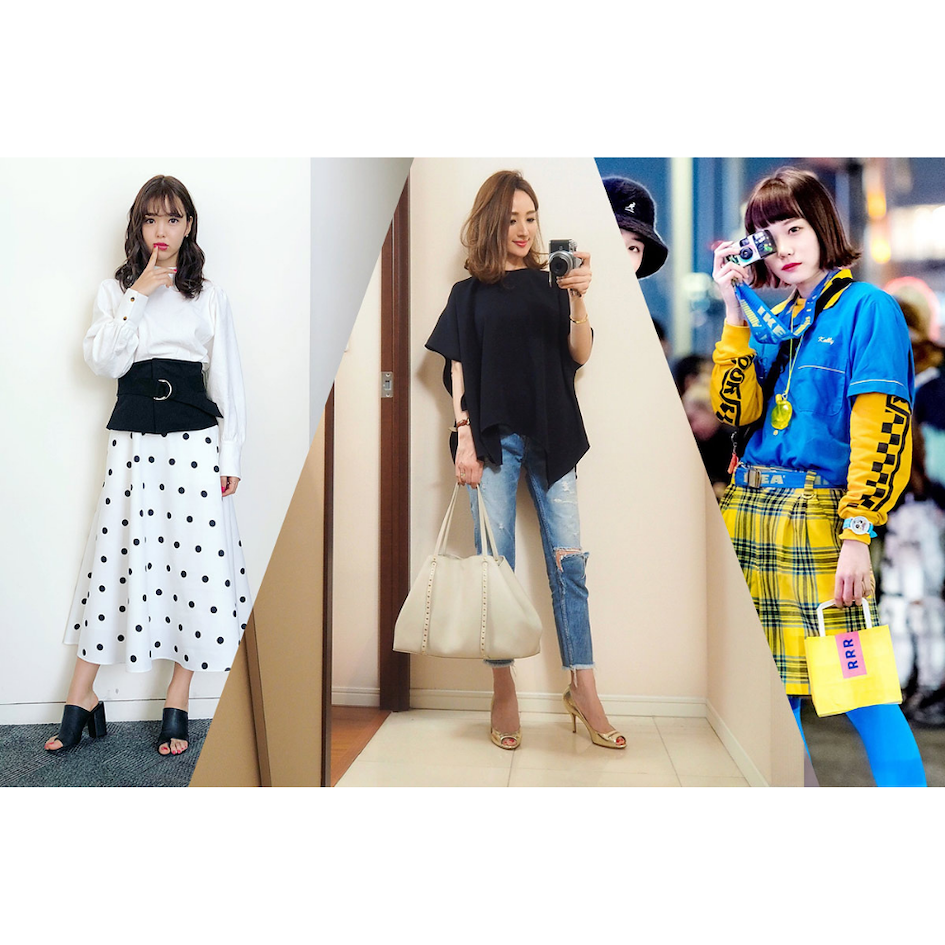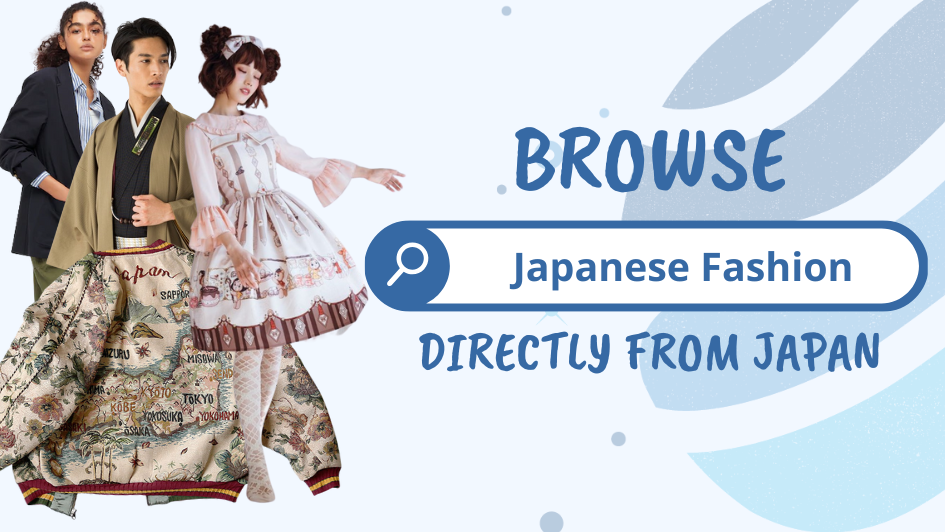You probably think about the kimono or colorful street fashion when you think about Japanese fashion. But what do Japanese people wear nowadays? Is the kimono really still popular? You may find it surprising that Japanese people still wear kimonos for festivals and special occasions. However, their everyday wear is much more similar to Western clothing.
As a general rule, two types of clothing are worn in Japan: traditional (wafuku) and Western (yōfuku). (Fact here). Even though westernization and globalization rapidly grew, the kimono is still not forgotten.
Although traditional ethnic dress such as kimono is still used, they are usually worn at special events such as funerals and festivals. Recently, western clothing has been worn in everyday life. Read on to find out everything about Japanese traditional and modern fashion.
Kimono and Yukata
Kimono and Yukata are traditional Japanese garments that are known around the world for their elegance and beauty. Both are full-length robes worn by men and women and secured with a decorative belt. Although they may look similar, there are subtle differences between them.
What is the Kimono?
The kimono is the traditional wear in Japan. It is a floor-length robe usually made of silk and tied with a belt called obi. Kimonos for everyday wear are much simpler than those worn on special occasions.

What does the kimono symbolize?
The kimono is believed to inhabit the land of immortals and to live a thousand years, so it symbolizes longevity and good luck. Specific designs depict the virtues of the wearer and special occasions like festivals and weddings, which signifies good fortune to the wearer.
What does a kimono consist of?
Traditionally, the kimono had 12 layers, but it has been reduced since it was very heavy. Formal obis for men are much narrower than for women.
Even the most casual kimonos can be pretty expensive because kimonos cannot be properly mass-produced. A machine cannot sow the majority of edges and seams.
Another reason is the material. Traditional kimonos are usually silk, linen, satin weaves, and silk brocade. However, modern kimonos are also available in less expensive materials such as cotton, polyester, or other synthetic materials.
How do the kimono colors change according to the season?
Light green and pastels are popular in spring, while cool colors like dark blue are popular in summer. Autumn is for shades that resemble falling leaves, while winter is for darker colors like black or red. Printed kimonos in all colors are also popular among men and women.
Yukata
Yukata is an informal version of the kimono. It is worn at summer festivals, anime conventions, or around town. Due to the small number of accessories needed for this outfit, it is ideal for a newbie to wear kimonos. Yukata is usually mass-produced and made of printed cotton. There is a different yukata for each gender. Yukata are most popular during summer because cotton is ideal for the summer heat. They can be worn every day.
Yukata can be both loungewear and a bathrobe. It can be worn during all times of the day, for breakfast, bath, dinner, and bed as sleepwear. In the beginning, Yukata was only used as bathing wear. Today, it is worn by men and women at summer festivals. Tourists also sometimes get Yukata when on vacation in traditional Japanese inns.

The difference between a yukata and a kimono
The main difference between these two garments is the fabric. Yukata is made of cotton, while kimono is made of silk. Also, Yukata is worn only in the summer because it only has one layer of fabric, while the kimono also has an inner lining.
Can foreigners wear kimonos?
Generally, the Japanese love to see foreigners wearing their traditional clothing. You can even rent a kimono in one of the rental shops. Hairstyling is also available for an additional charge.
How to wear a Kimono and Yukata
There is a critical rule for Kimono and Yukata. You have to wear the left panel over the right because wearing them the other way around is considered extremely rude since this is how the deceased are dressed. This is why you must double-check how you wear your kimono when you go out.
What Are Other Traditional Clothes Still Worn in Japan Today?
-Hakama
Hakama is similar to pleated pants and is worn over a kimono. It was traditionally men’s clothing worn by the samurai or as formal wear, but today, women wear it too.
-Furisode
A kimono with very long large sleeves, worn exclusively by single adult women, usually at the Coming of age ceremonies.
-Happi
A cotton vest resembles a robe, usually worn at festivals with a matching headband.
-Kanzashi
Cloth hair ornaments are worn with complicated Japanese hairstyles. They have different designs for different seasons, for example, spring, New year, etc. Traditional kanzashi had large sharp pins, which were probably used for self-defense.
-Nagajuban
A robe that is worn under a kimono.
-Tabi
A type of sock worn with Japanese sandals, with a separated big toe.
-Jikatabi
Boots that are shaped like tabi socks, with a separated big toe. Outdoor workers, such as farmers, usually wear them.
-Geta
A practical Japanese high sandal that keeps the kimono above dirt and rain.
-Zori
A kind of Japanese sandal with a big toe that is considered formal.
-Okobo
Simple platform sandals are just a piece of wood left unpainted with straps.
-Uchikake
Uchikake is worn with a bridal kimono as a coat. Traditionally, they used to be red with crane pictures, symbolizing longevity. However, modern brides prefer white uchikake.
-Hiyoku
Hiyoku is a kimono robe that is usually worn under a kimono robe. In the past, a kimono used to have 5 layers for warmth and up to 20 layers for formal occasions.
-Fundoshi
Fundoshi used to be a primary undergarment for men or shorts for laborers. Today they are worn at festivals that include strength competitions.
Modern Japanese Fashion
In everyday life, young people prefer to wear comfy “western” clothes that are easier to move around in, such as T-Shirts, sweatpants, and jeans. The teenagers can still be found wearing Harajuku street style, while people in their 20s prefer brand-name items and a more toned-down look. However, they still like to add some cute details to their outfit. As for young men, they like to wear layered clothing, shorts above the knee in the summer and long skinny jeans in the winter. Women over 30 prefer a toned-down look that hides the figure rather than revealing it, while men wear shirts and suits, even when they’re not at work.

Older people, and Japanese people generally, are known for their modesty. They wear neutral colors like grey and beige, and some even still wear kimonos as daily clothing.
As you can see, Japanese clothing is not much different than Western fashion. However, always be aware that the Japanese prefer modesty, so revealing your body too much when going to Japan is not a good idea. Low-cut tops are more frowned-upon than short shorts. However, avoid both to be on the safe side. Also, avoid tops without sleeves, such as tank tops with straps. Contrary to popular belief, tattoos and piercings on tourists are fine.
We hope this little guide has been helpful to you. We’ve covered both traditional and modern fashion so that you can consider yourself fully prepared when you visit Japan.

